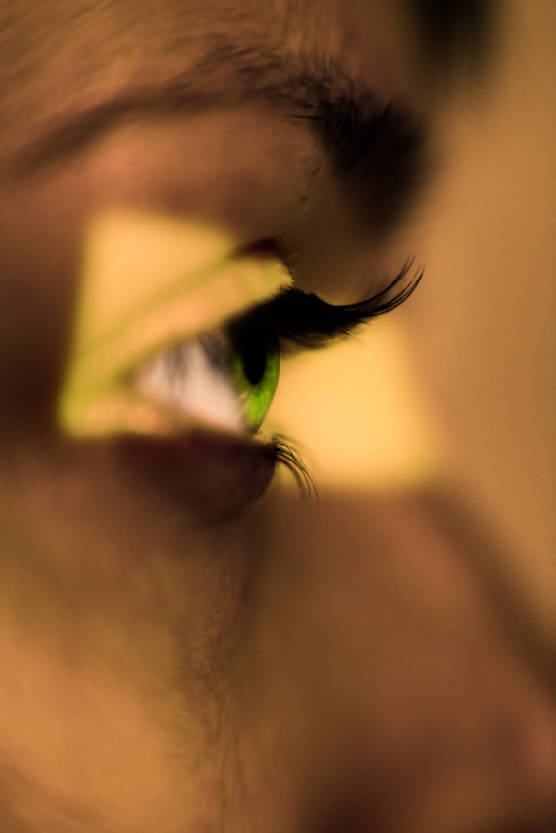The lens of the eye is a naturally clear disc that, together with the cornea, allows light to be focused on the retina. The retina is the light-sensitive region at the back of the eye that changes the focused light to nerve signals, which are in turn sent to the brain—the process which permits you to see an image with your eye. For the retina to formulate a clear image, the lens must also be clear. When the lens becomes clouded, your vision becomes hindered and can be equated with looking through a piece of wax paper or a foggy window. This clouding of the lens is known as a cataract.
While cataracts are very common in older people and considered a normal sign of aging, they can also be found in children and younger adults. This can be caused by a traumatic injury, a genetic predisposition, or exposure to some types of radiation.
Aside from blurry vision, some of the most common symptoms of cataracts include:
- Glare.
- Poor vision at night.
- Double vision (diplopia).
- Frequent eye correction prescription changes.
- Faded colors.
While utilizing brighter lighting, anti-glare lenses, and magnification may improve your vision at first, surgery is the only effective treatment. Advances in the surgical removal of cataracts have reduced the procedure into a 15-minute outpatient surgery with a remarkably quick recovery.
To remove a cataract, your doctor removes the clouded lens by breaking it into tiny pieces that are aspirated out of the eye. After the lens is removed, an artificial lens such as an intraocular lens (IOL) is put in its place. Because an artificial lens is being used, some patients may be able to reduce their need for visual correction after the procedure.
At the Boston Laser, we offer state-of-the-art technology to restore your vision. Contact us at (617) 566-0062 or visit our website for more information.
